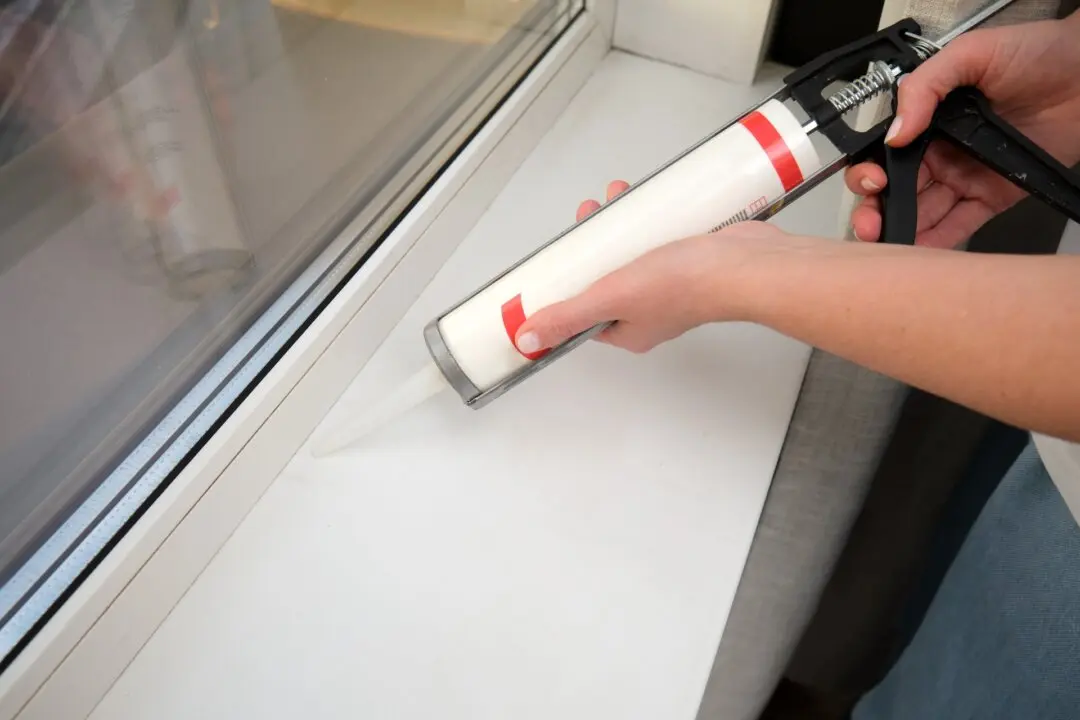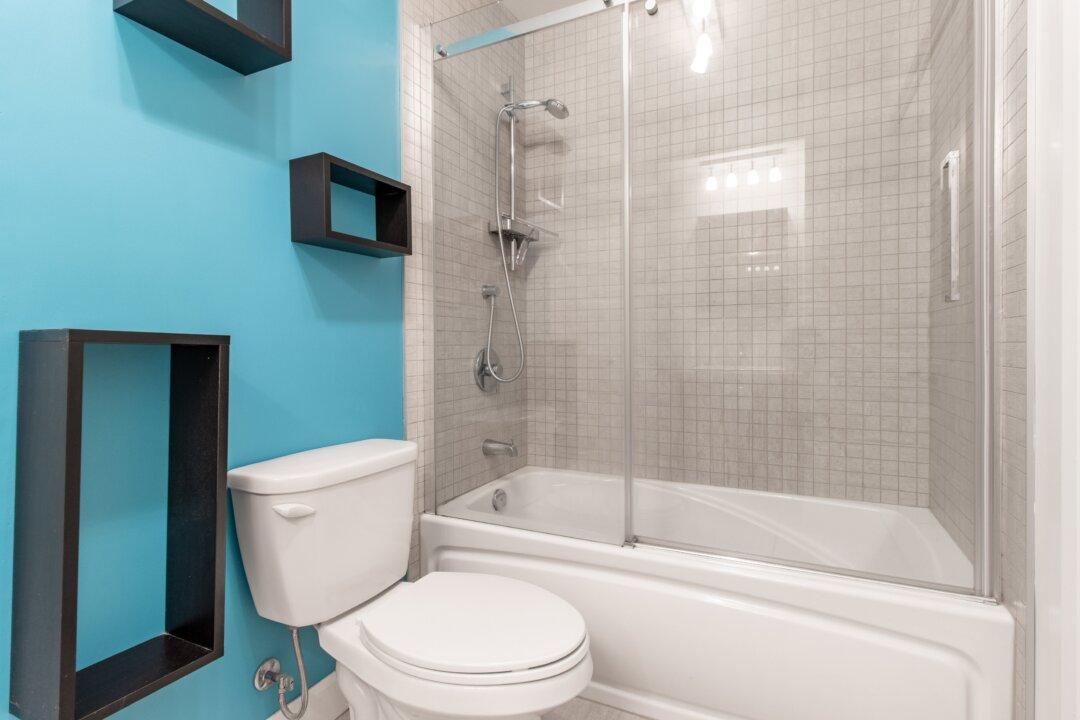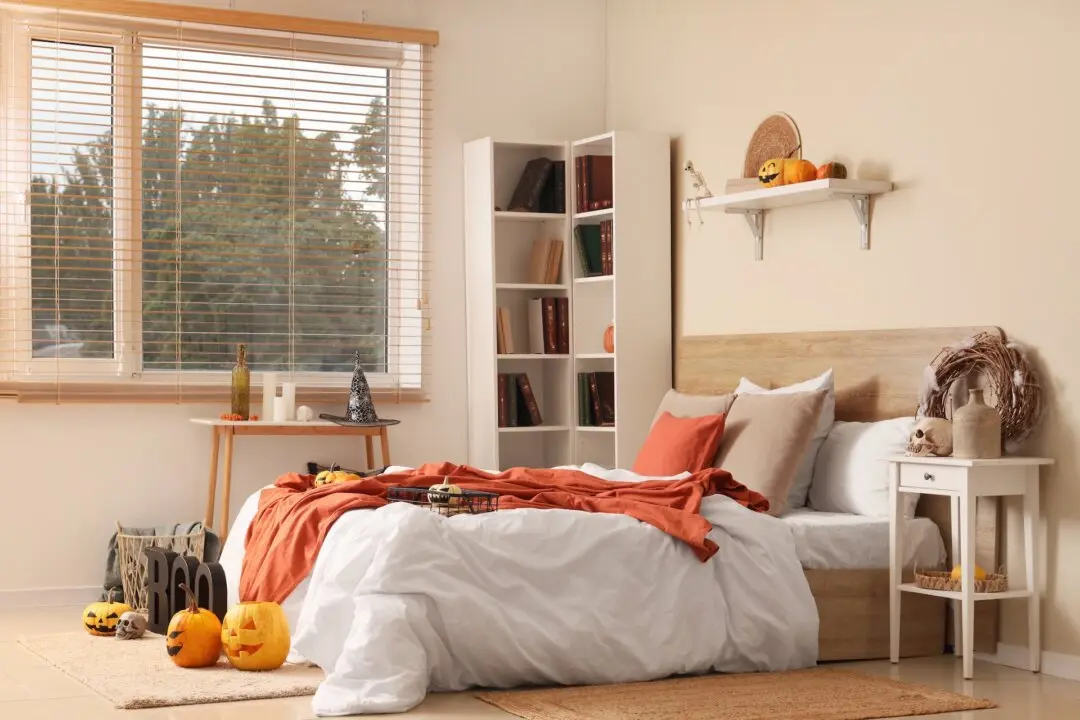Dear James: The drywall tape is coming loose on the walls and in the corners, so I pulled it off. What is the correct method to retape the corners so that it stays on longer? —Pamela D.
Dear Pamela: If you have ever watched a professional tape drywall, it looks easy with little sanding needed. The typical do-it-yourselfer ends up having to put on five coats, leaving a huge pile of drywall on the floor from repeated sanding. Even if the tape never comes loose, a bad taping job is always noticeable.





